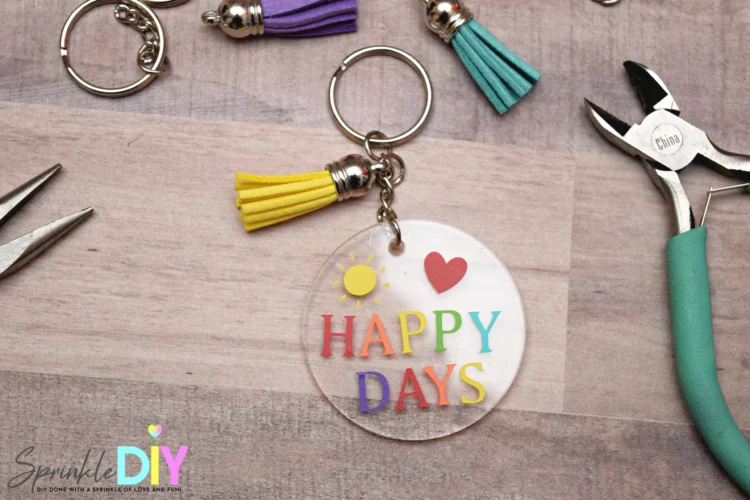press. Macros can enhance gameplay, streamline repetitive tasks, and improve overall efficiency. However, utilizing macros effectively on mobile devices can be a bit challenging due to the inherent limitations and unique interfaces of mobile platforms. In this article, we’ll explore what macros are, how to create and use them on mobile devices, their benefits, the ethical considerations involved, and some popular tools that can help you get started.
What Are Macros?
A macro is essentially a set of commands or actions that are grouped together to automate a specific task. In gaming, this might mean executing a series of attacks or abilities with a single button press. In productivity applications, it could involve automating repetitive tasks like data entry, sending messages, or navigating through menus.
Macros can save time, increase productivity, and provide a significant edge in competitive gaming. For instance, in a mobile RPG, a player can set up a macro to automatically heal, attack, and use buffs during a boss fight, allowing them to focus on other aspects of the game without getting overwhelmed.
Benefits of Using Macros on Mobile
- Increased Efficiency: Macros streamline tasks that would otherwise be time-consuming, allowing users to accomplish more in less time. This is particularly valuable in competitive gaming or when managing multiple applications.
- Reduced Strain: Automating repetitive actions can alleviate physical strain on your fingers and hands, especially during prolonged gaming sessions.
- Enhanced Gameplay: In competitive games, utilizing macros can provide a strategic advantage by enabling faster reaction times and more precise execution of complex maneuvers.
- Personalization: Macros allow users to tailor their gaming or productivity experience according to their preferences, creating customized shortcuts for frequently performed actions.
Types of Macros
There are several types of macros that can be created depending on the user’s needs:
- Single Action Macros: These execute one command, such as opening an app or sending a message.
- Multi-Action Macros: These perform a series of commands in a specific order, such as performing a sequence of actions in a game.
- Conditional Macros: These execute actions based on specific conditions, like responding to an incoming message in a certain way.
How to Create Macros on Mobile Devices
Creating macros on mobile devices can vary based on the platform (iOS or Android) and the specific applications being used. Here’s a step-by-step guide for both platforms.
For Android Users
- Choose a Macro App: There are several apps available for Android that can help you create macros. Some popular options include:
- Tasker: A powerful automation app that allows users to set up complex macros and tasks based on triggers and events.
- Automate: Offers a flowchart-based interface for creating automation scripts without needing coding skills.
- MacroDroid: A user-friendly app that lets you create macros using triggers and actions.
- Install the App: Download and install your chosen macro app from the Google Play Store.
- Create a New Macro:
- Open the app and create a new macro.
- Select a trigger, which is the event that will initiate the macro (e.g., time of day, app launch, or a specific action).
- Choose the actions you want the macro to perform. This could include launching an app, sending a message, or performing in-game actions.
- Test Your Macro: After setting up the macro, test it to ensure it works as intended. You may need to adjust the actions or triggers for optimal performance.
- Fine-Tune Settings: Some apps allow you to adjust settings like delay times between actions, which can be useful for ensuring that each command is executed smoothly.
- Save and Activate: Once you’re satisfied with the macro, save it and activate it. It will now run automatically based on the triggers you’ve set.
For iOS Users
Creating macros on iOS devices is a bit different due to the operating system’s restrictions. However, you can use the Shortcuts app, which comes pre-installed on most iOS devices.
- Open the Shortcuts App: Launch the Shortcuts app on your iPhone or iPad.
- Create a New Shortcut:
- Tap on the “+” icon to create a new shortcut.
- Select “Add Action” to choose the actions you want to automate. You can search for specific actions or browse through categories.
- Set Triggers: While iOS does not allow for extensive macro capabilities like Android, you can set up triggers for your shortcuts. For example, you can create a shortcut that activates at a specific time or when you connect to a certain Wi-Fi network.
- Test and Save: After adding your desired actions, test the shortcut to ensure it functions correctly. If it works as expected, save it for future use.
- Using Siri: You can also assign a voice command to your shortcut, allowing you to activate it using Siri, which can be handy for hands-free operation.
Popular Macro Tools and Apps
Several tools can help you create and manage macros on your mobile devices. Here are some of the most popular options:
- Tasker (Android): Tasker is a comprehensive automation app that can create powerful macros. It allows users to automate tasks based on contexts such as time, location, and app events. With Tasker, you can create complex workflows and integrate with other applications.
- Automate (Android): Automate uses a flowchart interface, making it accessible for users who may not be familiar with programming. You can create simple to complex automation scripts by connecting blocks for different actions and triggers.
- MacroDroid (Android): MacroDroid is designed specifically for creating macros easily. It features a simple interface and allows you to set triggers, actions, and constraints without needing extensive knowledge of automation.
- Shortcuts (iOS): Apple’s Shortcuts app allows users to create custom shortcuts for various tasks. While it may not offer the same level of automation as Android apps, it provides a solid platform for streamlining common actions.
- Game Guardian (Android): Primarily aimed at gamers, Game Guardian is a game-hacking tool that can also be used to create macros for in-game actions. However, users should be aware of the potential risks and ethical considerations involved in using such tools.
Ethical Considerations
While macros can significantly enhance gaming and productivity, there are ethical considerations to keep in mind:
- Fair Play in Gaming: In many competitive gaming environments, using macros can be considered cheating. Always check the terms of service of the game you are playing to ensure that using macros does not violate any rules.
- Privacy Concerns: Some macro tools require access to personal data or device functionalities. Always read the permissions carefully and ensure you trust the application before granting access.
- Account Security: Using automation tools, especially in gaming, can put your account at risk. Developers often monitor for unusual activities, and accounts found using unauthorized tools can be banned.
- Informed Usage: Users should be aware of the potential impacts of using macros. Relying too heavily on automation can reduce skill development in gaming and other tasks.
Best Practices for Macro Use
To get the most out of your macros while minimizing risks, consider these best practices:
- Limit Macro Complexity: Start with simple macros and gradually increase complexity as you become more comfortable. This helps prevent errors and ensures you understand each action’s effect.
- Test Thoroughly: Before relying on a macro in a critical situation, test it multiple times to ensure it works as intended. This is particularly important in gaming, where a malfunctioning macro can lead to defeat.
- Keep It Ethical: Always use macros in compliance with the rules and guidelines of the applications or games you’re using. This not only protects your account but also contributes to a fair gaming environment.
- Monitor Performance: Keep track of how well your macros perform over time. If you notice any issues or if the actions become less effective, consider revising them for better results.
- Backup Your Macros: If the macro tool you use allows it, back up your macros. This ensures that you won’t lose your work if the app is uninstalled or if your device encounters issues.
Conclusion
Utilizing macros on mobile devices can significantly enhance both gaming and productivity experiences. While the process of creating and using macros may vary between platforms, understanding the fundamental principles and available tools can empower users to automate tasks effectively.




